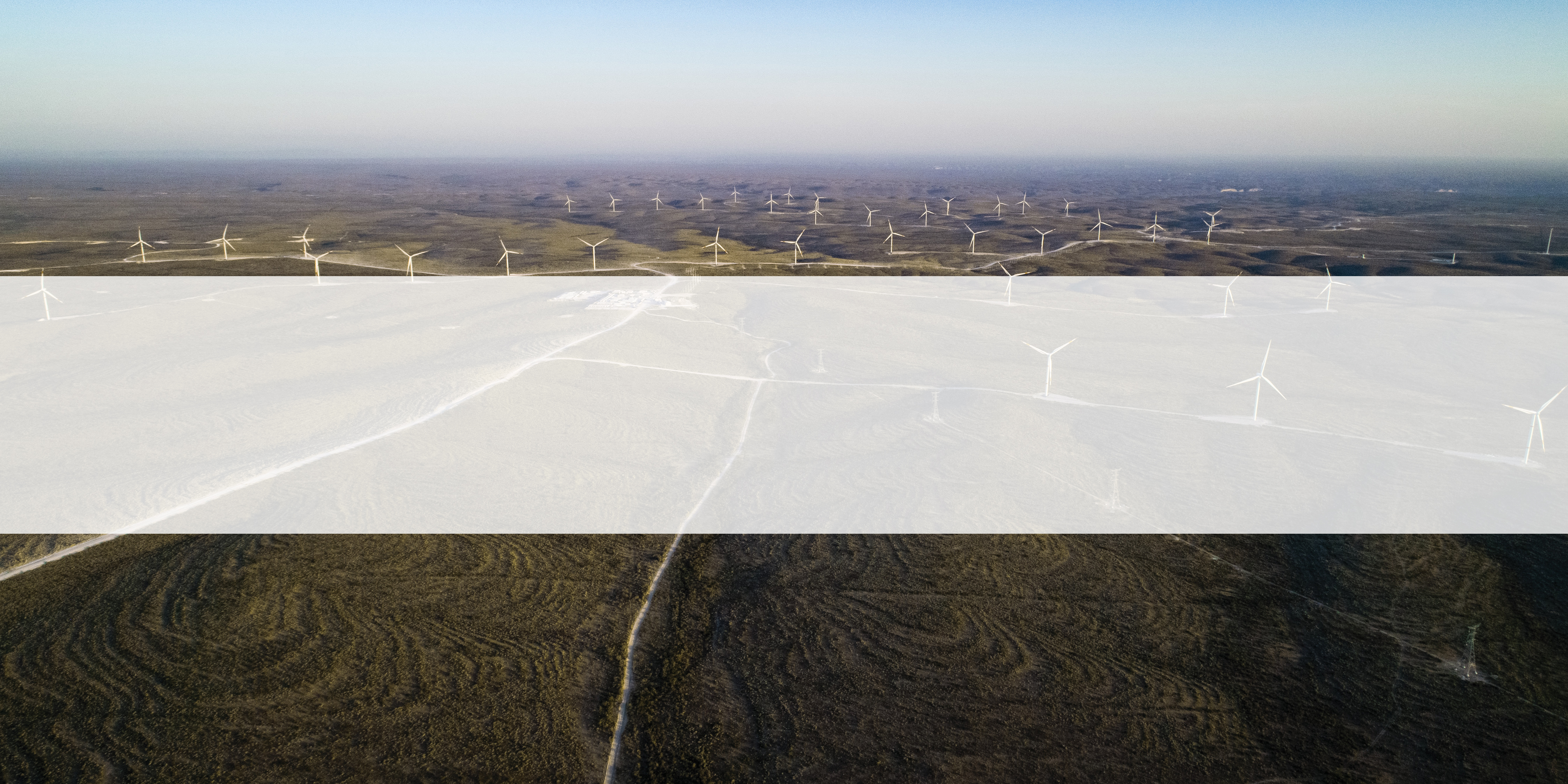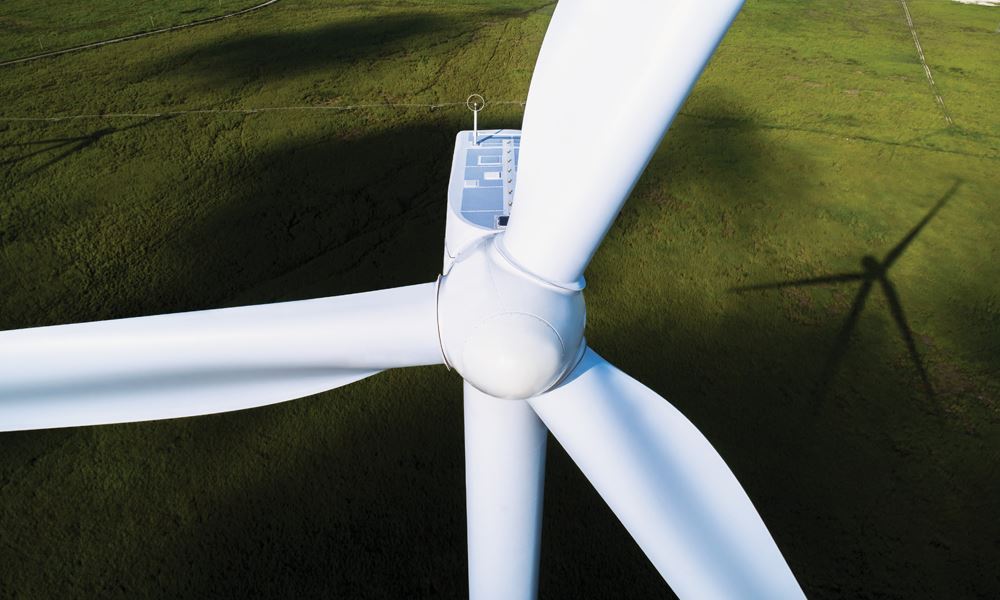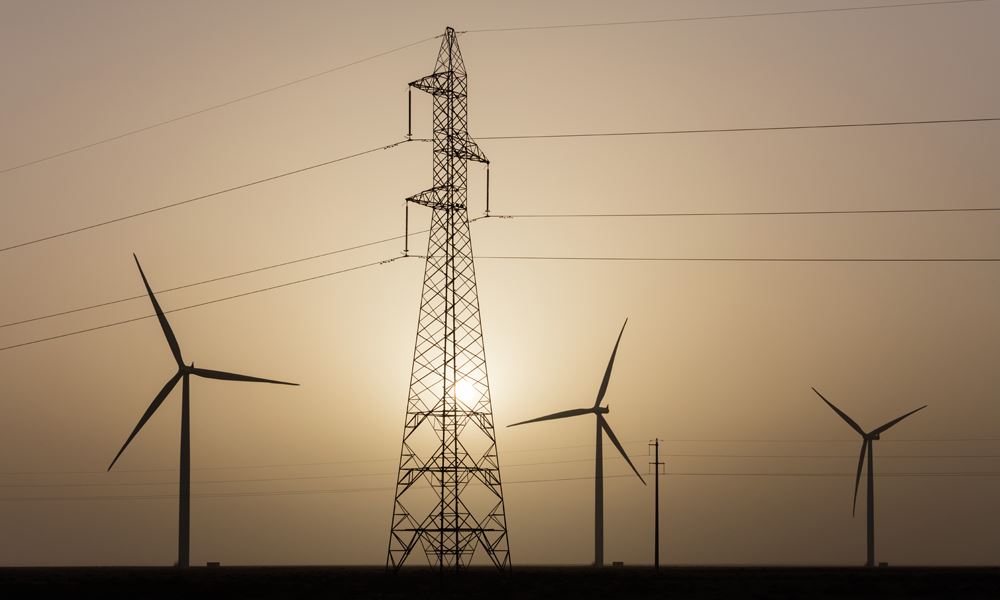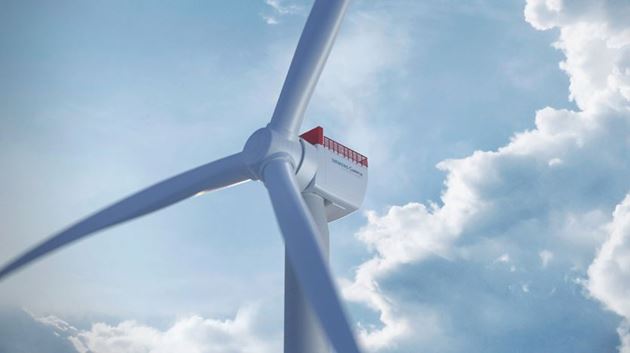
"With Black Start we play an active part in maintaining stability in the electricity grid"
Brande / 16 March 2021
Rather than weaken energy networks, can wind turbines actually contribute to grid stabilization? Simon Kristensen, Head of Software Solutions at Siemens Gamesa’s Service Business Unit, explains an exciting new technology developed in collaboration with ScottishPower Renewables that may serve to level the playing field between wind and fossil when it comes to restoring power after an outage.
Rather than weaken energy networks, can wind turbines actually contribute to grid stabilization? Simon Kristensen, Head of Software Solutions at Siemens Gamesa’s Service Business Unit, explains an exciting new technology developed in collaboration with ScottishPower Renewables that may serve to level the playing field between wind and fossil when it comes to restoring power after an outage.
Contact Siemens Gamesa
Do you have interesting topics for our renewable energy journal? Are you interested in renewable products made by Siemens Gamesa? Or are you thinking about joining our team? Please do not hesitate to contact us.
info@siemensgamesa.comYou’re calling it a world-first – what’s the significance of your new black start technology for wind farms?
We think it’s a game-changer for multiple reasons. Currently, energy networks rely on fossil fuels like coal and gas to bring power back after a section of a transmission network is “blacked out”. With this new technology, which our Offshore and Service business recently pioneered in close collaboration with ScottishPower Renewables in the UK, wind turbines can be made to simulate traditional synchronous generators like fossil fuel plants to seamlessly restore power following a total or partial shutdown. This paves the way for further renewable energy penetration on our grids and accelerates the pace of our race against time to beat climate change.
This also represents a step outside of our comfort zone for the renewables industry overall. We’re acknowledging that we need to assume a larger responsibility, not just for providing green energy, but in actually running a green energy system.
This also represents a step outside of our comfort zone for the renewables industry overall. We’re acknowledging that we need to assume a larger responsibility, not just for providing green energy, but in actually running a green energy system.

How does it work?
We deploy Virtual Synchronous Machine (VSM) controls to mimic a synchronous generator, thereby shifting it from a “grid following” to a “grid forming” unit. This results in the formation of a stable network island that helps to restore the remaining grid. In the event of an outage, we can isolate the wind turbine park and, when needed, help re-energize the grid by not only restoring the active power equilibrium of production and consumption, but also by building up the needed inertia to strengthen the grid.
Seems like a highly topical development, as blackouts and forced outages have been in the news lately, especially in Texas, USA.
Had grid forming services been implemented in Texas, renewables would have played an active part in not just recovering the energy system after their brutal spate of winter weather, but in actually keeping the energy system up and running during the snowstorm with the turbines not closed down due to ice.
Historically, turbines have just been added to the grid and they trip out once the grid is unstable. But thanks to promising new control technology like virtual synchronous control, we can now play an active part in preserving the stability in the electricity grid. If there had been greater penetration of renewables with these kinds of features in the ERCOT grids in Texas, then that would have supported the grid – no doubt about it.
From a global perspective, regulators need solutions from OEMs like Siemens Gamesa. It’s on us to develop and prove new ways to support the energy grid and simultaneously interact with regulators to come up with an energy market scheme that allows our customers to be compensated for these new services. Ultimately, renewables require a different approach than fossil-based energy production units. But I would not blame the regulators for not having the market ready yet – we have a responsibility to show them how we can be a partner in the energy transition outside the normal KWh markets.
Historically, turbines have just been added to the grid and they trip out once the grid is unstable. But thanks to promising new control technology like virtual synchronous control, we can now play an active part in preserving the stability in the electricity grid. If there had been greater penetration of renewables with these kinds of features in the ERCOT grids in Texas, then that would have supported the grid – no doubt about it.
From a global perspective, regulators need solutions from OEMs like Siemens Gamesa. It’s on us to develop and prove new ways to support the energy grid and simultaneously interact with regulators to come up with an energy market scheme that allows our customers to be compensated for these new services. Ultimately, renewables require a different approach than fossil-based energy production units. But I would not blame the regulators for not having the market ready yet – we have a responsibility to show them how we can be a partner in the energy transition outside the normal KWh markets.
What’s in it for customers?
We’re all about helping customers enhance the value of their fleets, and this technology does this brilliantly. Customers who operate on islanded, weakly interconnected grids, especially those that already have a high percentage of renewables on them, are hungry for this. Apart from the obvious benefit of contributing to grid stability, we believe customer interest will be driven by individual country requirements, turbine types, and the age of legacy fleets.
Guiding our efforts like the North Star is the conviction that renewables must evolve to cover 100% of our energy needs going forward, and as an OEM we want to be the ones who are pushing ahead to meet this target. Black start or inertia products represent the first small steps in this direction. There are a whole series of steps involving new features and adjacent technologies that we need to develop and interact with to get to our goal.
Guiding our efforts like the North Star is the conviction that renewables must evolve to cover 100% of our energy needs going forward, and as an OEM we want to be the ones who are pushing ahead to meet this target. Black start or inertia products represent the first small steps in this direction. There are a whole series of steps involving new features and adjacent technologies that we need to develop and interact with to get to our goal.
Is there interest in the market for this technology?
We’re picking up strong interest in mature markets for renewables – transmission system operators are curious about how to do this, because they are facing political pressure to reach a net zero CO2 footprint soon.
The parts of the planet where this goal is a pressing concern will act as a showcase for regulators in the rest of the world, who are trying to figure out how we are going to design a new energy market, how we’re going to look at infrastructure, what kind of requirements need to be set up, and so on.
The parts of the planet where this goal is a pressing concern will act as a showcase for regulators in the rest of the world, who are trying to figure out how we are going to design a new energy market, how we’re going to look at infrastructure, what kind of requirements need to be set up, and so on.

I firmly believe that pilot projects like this one with ScottishPower are going to set the standard for how to proceed globally. But markets will of course follow different timelines depending on where the individual countries are and what kind of infrastructure they already have in place.
If we interconnect this with the hydrogen agenda, for example, we’ll need to find a way to fit all these puzzle pieces together. It’s not one way or the other, we need to evolve our thinking around the best mix. These new control features won’t solve everything. We still need storage, heat, hydrogen, batteries… all of it.
If we interconnect this with the hydrogen agenda, for example, we’ll need to find a way to fit all these puzzle pieces together. It’s not one way or the other, we need to evolve our thinking around the best mix. These new control features won’t solve everything. We still need storage, heat, hydrogen, batteries… all of it.
How are the changes resulting from the energy transition affecting customers?
We fully understand the difficult position many of our customers are in; many have assets that are very valuable, but which are losing earning potential because subsidy schemes are falling away as renewables grow ever more competitive and electricity prices are dropping. The more wind you get on a grid at the same time exerts a downward pressure on the price of electricity. If you’re in a merchant market or are directly connected to the volatility of the market, then you’re also going to experience lower prices. The traditional hunt for more energy output does not make sense if the price is close to zero.
Since control systems and turbine control systems are very advanced and are embedded deep inside the turbine, we are extremely well situated as an OEM to pioneer this technology. This, bundled together with the market commitments that we are making, permits us to make a very competitive offer to our customers.
Circling back to black start, it’s worth remembering that it’s early days and we’re currently developing a technology, not a specific product that will be ready for roll out tomorrow. But it’s still terribly exciting!
Since control systems and turbine control systems are very advanced and are embedded deep inside the turbine, we are extremely well situated as an OEM to pioneer this technology. This, bundled together with the market commitments that we are making, permits us to make a very competitive offer to our customers.
Circling back to black start, it’s worth remembering that it’s early days and we’re currently developing a technology, not a specific product that will be ready for roll out tomorrow. But it’s still terribly exciting!


